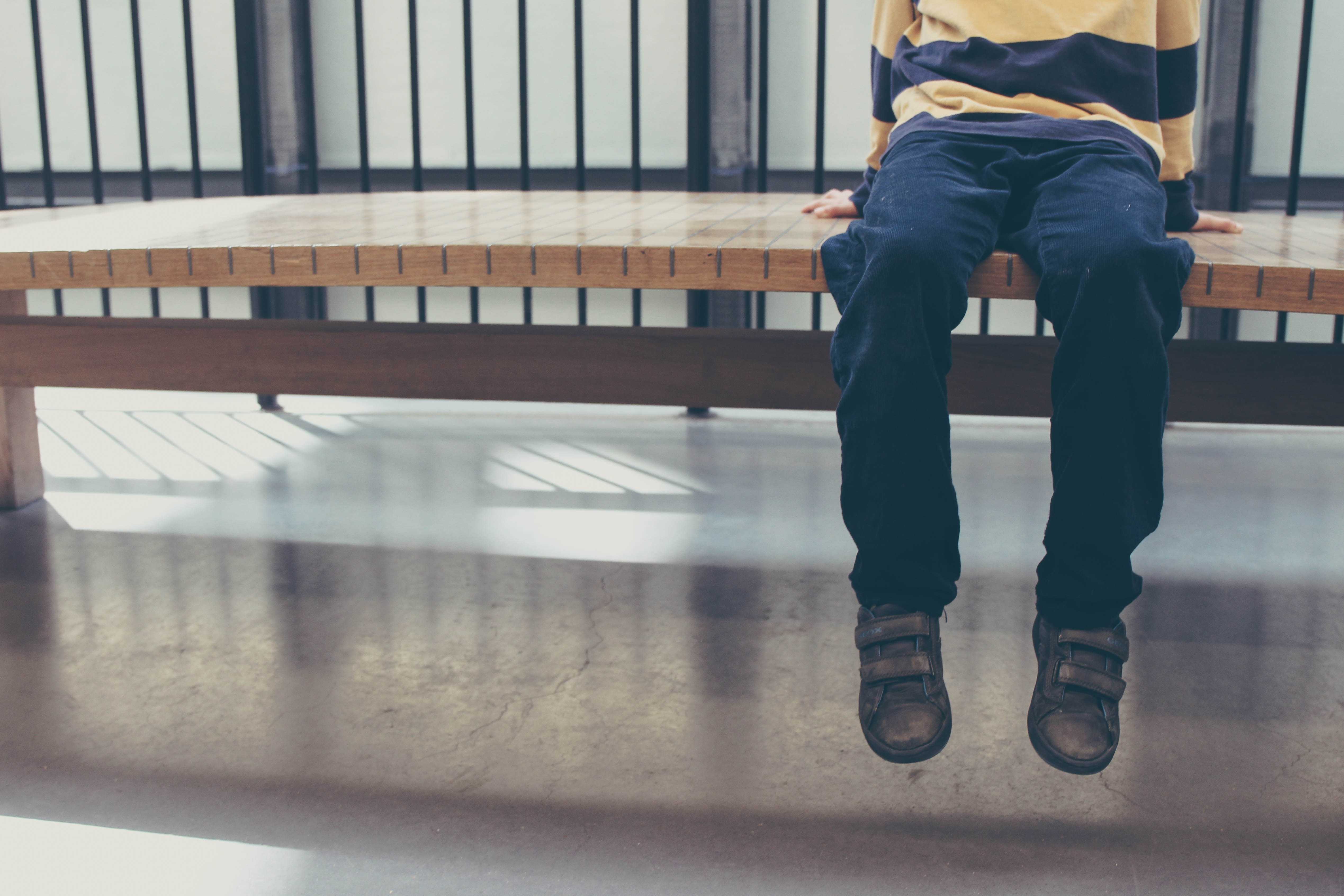When harmful and toxic gases are released in your room, you temporarily find it hard to breathe, you begin to choke and cough, you dash toward the nearest windows and curtains to open them so that fresh air can come in and expel the harmful air. You do all that and heave a sigh of relief afterwards.
[demo]
Same thing happens when your water gets polluted by harmful substances.
But noise isn’t something a lot of people pay attention to simply because, in the short run, it doesn’t appear to be as harmful as these other pollution sources we run away from.
To bring you up to speed with the amount of havoc that noise can wreak.
Here are some of the facts and statistics about noise:

HEARING LOSS
- Jazz Concerts, Traffic Noise, Explosive noise from quarry sites you name it, if you get exposed to such noises for an extended period of time on a regular basis you stand a risk of losing your hearing slowly but surely. Sad part is: it’s irreversible once hearing is lost, it’s lost forever.
The scientific name for it is Noise Induced Hearing Loss NIHL. According to Dangerous Decibels, Out of 40 million cases of hearing loss that Doctor see in America 10 million of those are caused by Noise.
- In America, according to the National Institute for Occupational Safety and Health (NIOSH) about 30 million people are exposed to hazardous sound levels at their workplace every year.
Think about jobs that require working with high impact processes and you’ll start to get the picture. Jobs like flying commercial jets, or simply working in the airport, jobs like manufacturing, mining, construction and the military.
- A 2017 report by the Centers for Disease Control CDC, America’s Health Protection Agency, has revealed that among all noise-exposed workers, 19% have hearing impairment.
It proceeds to describe hearing impairment as “hearing loss that impacts day-to-day activities, such as making it difficult to understand speech.” The agency also revealed that, “some industry sectors such as Mining and Construction have even higher percentages of workers with hearing impairment.”

- Hearing health Foundation reports that Hearing loss is the 2nd most prevalent health issue globally. To help put it in a clearer perspective, the number of people with hearing loss is more than those living with Parkinson’s, Epilepsy, Alzheimer’s, and Diabetes combined.
- Based on reports by the NIDCD Epidemiology and Statistics Program, roughly 10 percent of the U.S. adult population, or about 25 million Americans, has experienced tinnitus lasting at least five minutes in the past year.
- In a pretty surprising study, Psychology Today reports that the leading cause for hearing loss is not aging, it’s noise. The elderly are at an even higher risk of further hearing damage caused by noise pollution. This is corroborated by a separate Hearing Health Foundation report that says 20% of teens ages 12-19 have reported hearing loss due to loud noise.
- And to wrap this section up, Men are almost twice as likely as women to have hearing loss among adults aged 20-69, that’s according to JAMA Otolaryngology – Head & Neck Surgery Journal.
CHILDREN
- Studies published by the American Academy of Pediatrics, AAP, reveal that exposure to excessive noise during pregnancy may result in high-frequency hearing loss in newborns, and may be associated with prematurity and intrauterine growth retardation, that’s before the baby is born.
After birth, exposure to noise in the NICU, Neonatal Intensive Care Unit may result in cochlear damage, and might disrupt the normal growth and development of premature infants.
- And even after infancy, noise pollution still poses a huge threat on children. According to a report in the Psychological Science journal, researchers studied children living close to an airport in Munich Germany for 24-months. And they came up with the following results:

They found, long-term memory, reading and speech perception had been impaired in the children exposed to noise near the airport. Furthermore, the reading and memory deficits in this group were more pronounced eighteen months after the opening of the new airport than after six months, suggesting a cumulative effect.
HEALTH
1.A 2018 study in the Journal of the American College of Cardiology, showed that people who are constantly exposed to noise for an extended period of time stand a risk of developing one or more of coronary artery disease, arterial hypertension, stroke, and heart failure.
A similar study, revealed that long-term exposure to traffic noise may account for about 210,000 coronary heart disease (CHD) deaths in Europe every year– that’s about 600 deaths per day.
- 50% of teachers have experienced damage to their voice from talking over classroom noise. A study of teachers published in the Journal of Speech, Language and Hearing Research in 2004, revealed a pretty strange side-effect of noise pollution in classrooms. 50% of teachers have suffered irreversible damage to their voices. Why? Since teachers typically use their voice as the primary mode of instruction, When the environment gets noisier, they tend to speak louder and their condition worsens over time.
PRODUCTIVITY
- A study conducted by Sound Agency found that when an office implemented sound-masking technology, there was a 46% improvement in its workers concentration.
- Productivity is greatly affected by noise pollution, and it doesn’t take much. Just the sound of someone talking nearby as you work can diminish productivity by up to 66%. This was revealed in a 1998 study published in the British Journal of Psychology. Researchers found that when employees heard conversations around them, they got distracted and were less able to perform their duties

Note: There are ways to increase productivity and fight noise on your own. You could use productivity apps to help organize your work schedule and efficiency. You can also conduct remote meetings with the help of noise cancelling apps which will help remove background noise. One such noise cancelling app designed for conference calls is Krisp – it removes noise from both sides of the call in real time.
FINANCES
- Small reductions in noise can become major economic savings for the US. A 5-decibel noise reduction would reduce the prevalence of high blood pressure by 1.4 percent and coronary heart disease by 1.8 percent. The annual economic benefit was estimated at $3.9 billion
OVER TO YOU
Obviously this isn’t an exhaustive list of the all the stats and facts about noise. These few ones are just meant to jump start the conversation.
So, which of the stats did you find most relatable?


